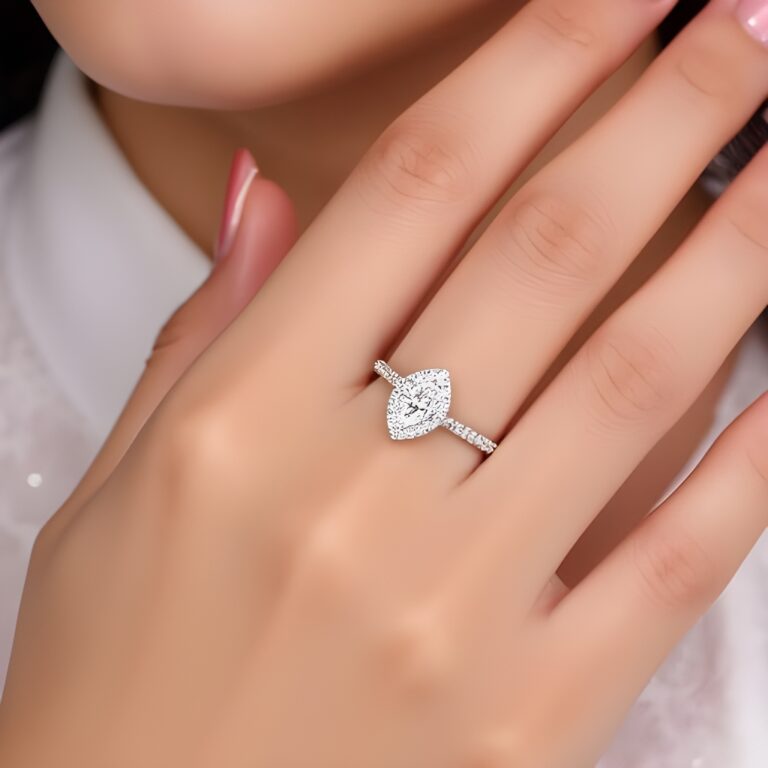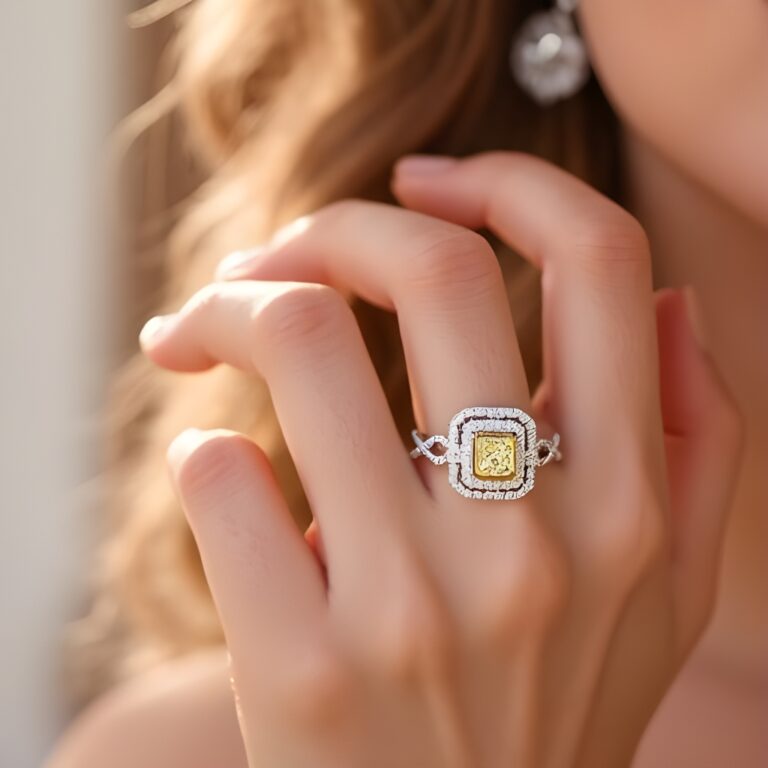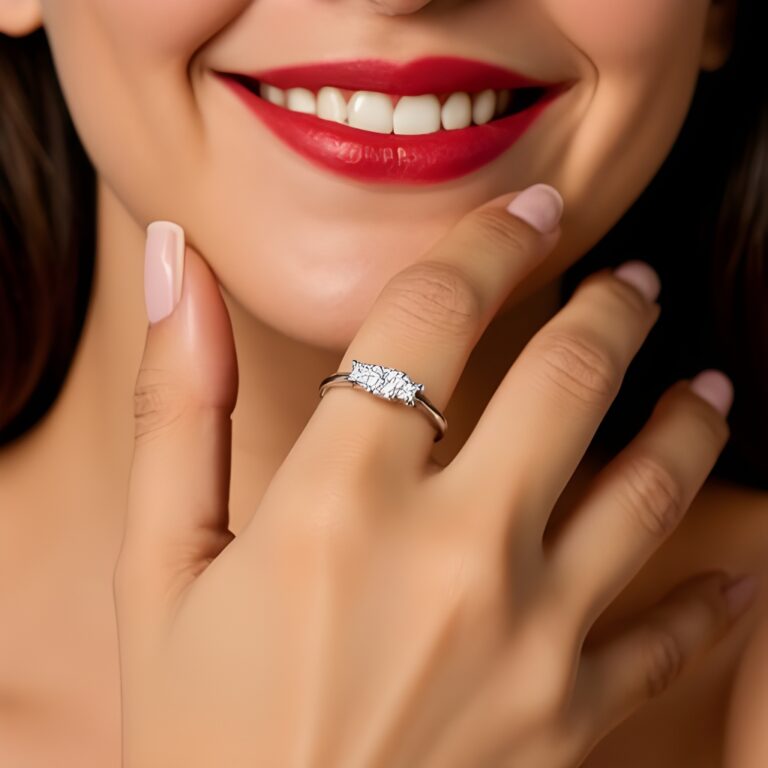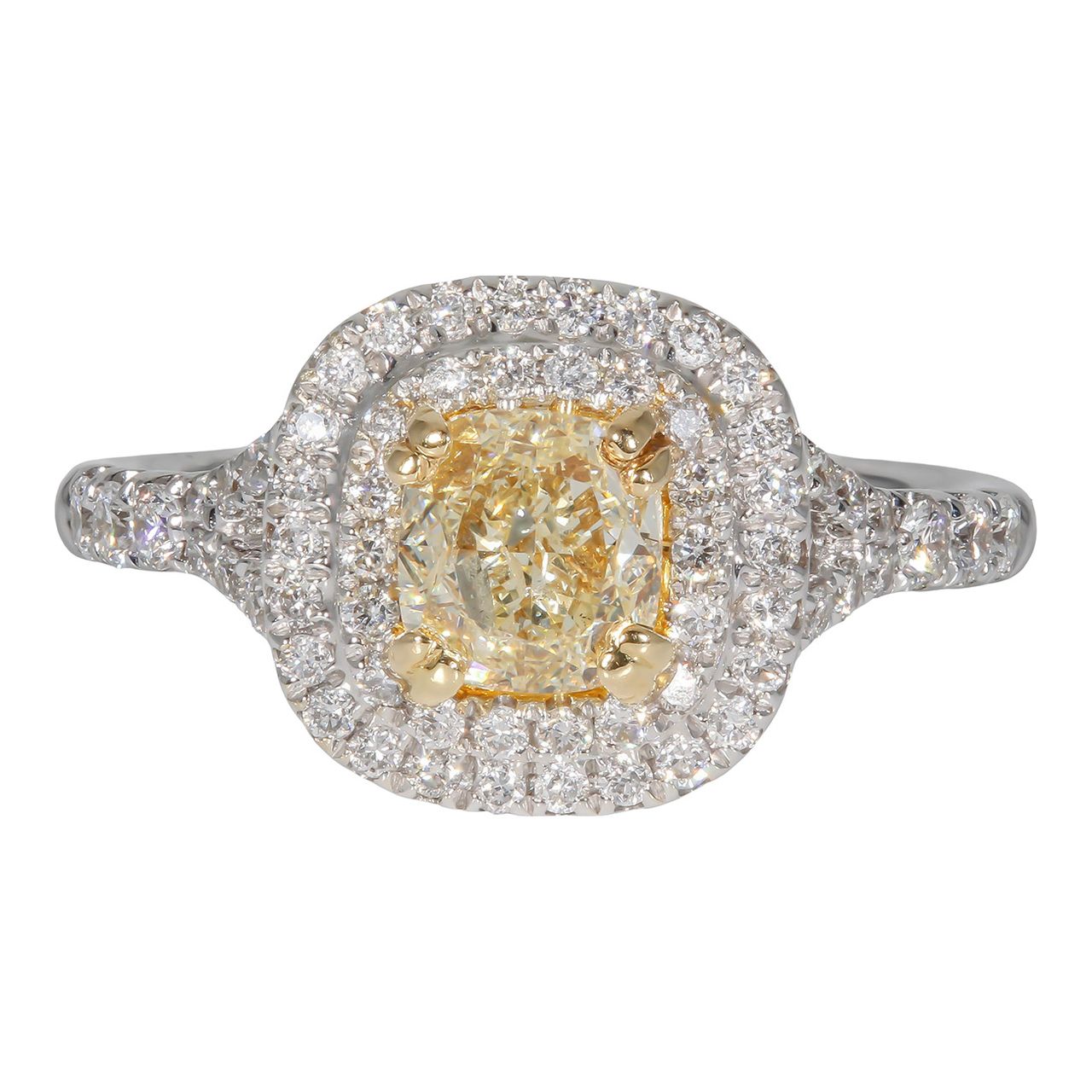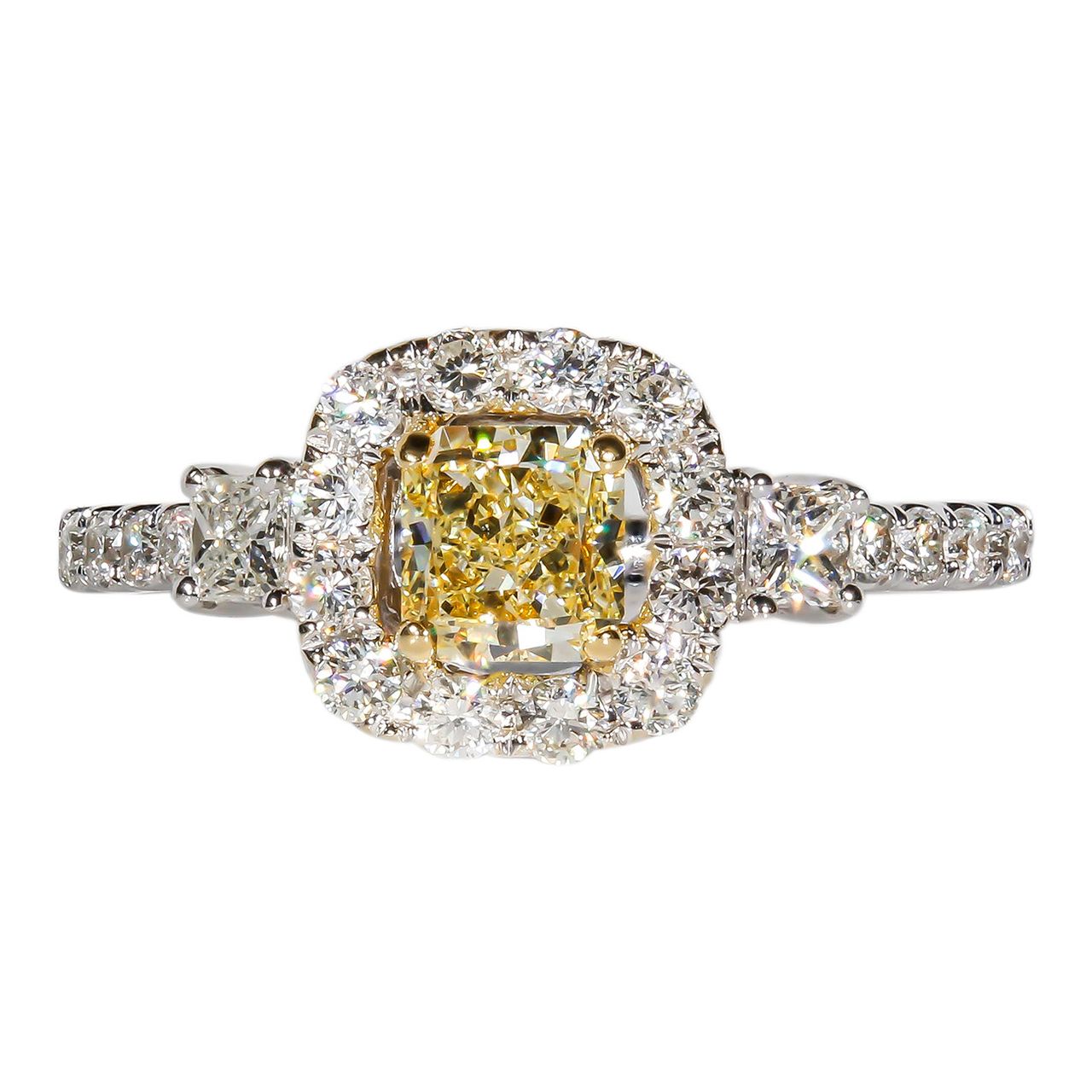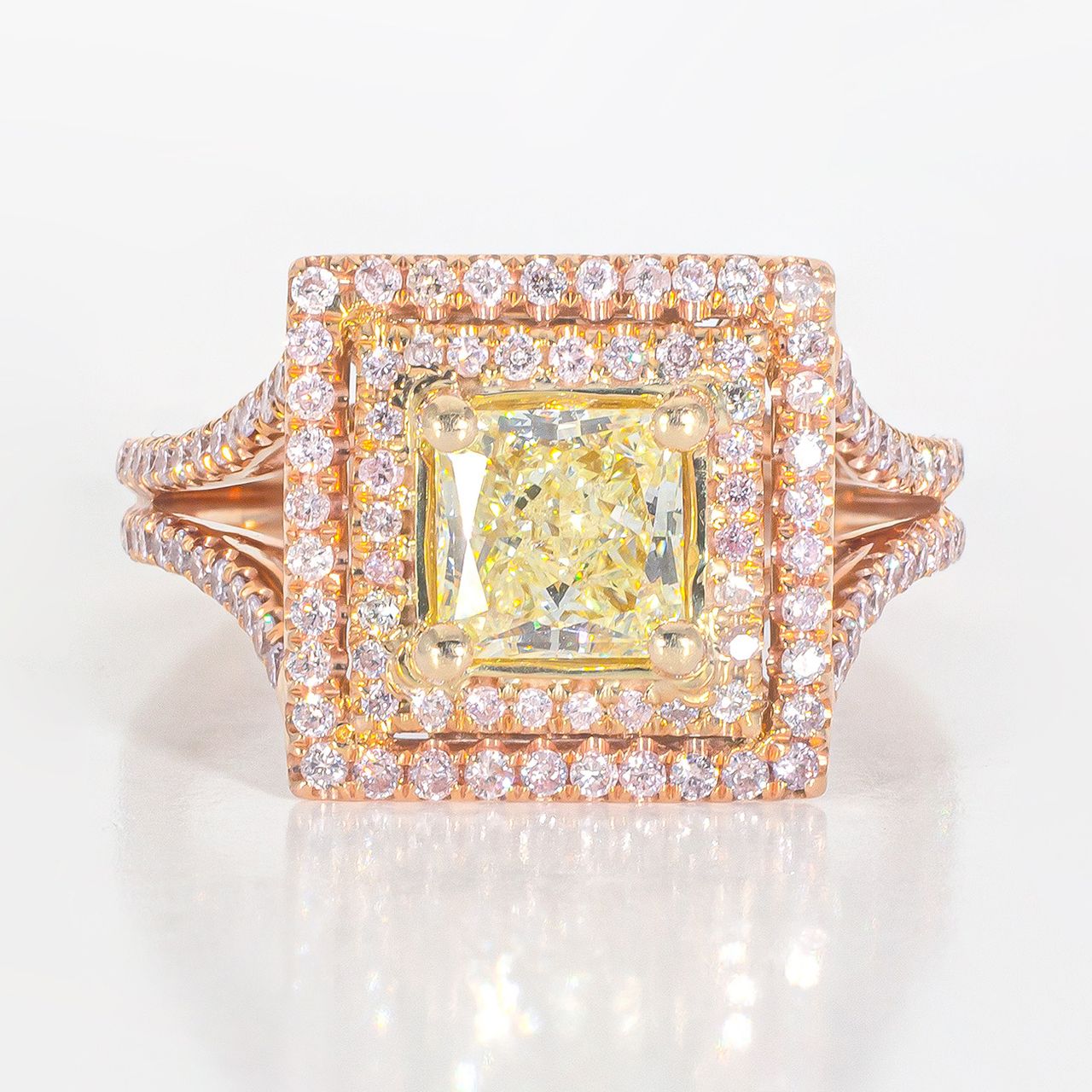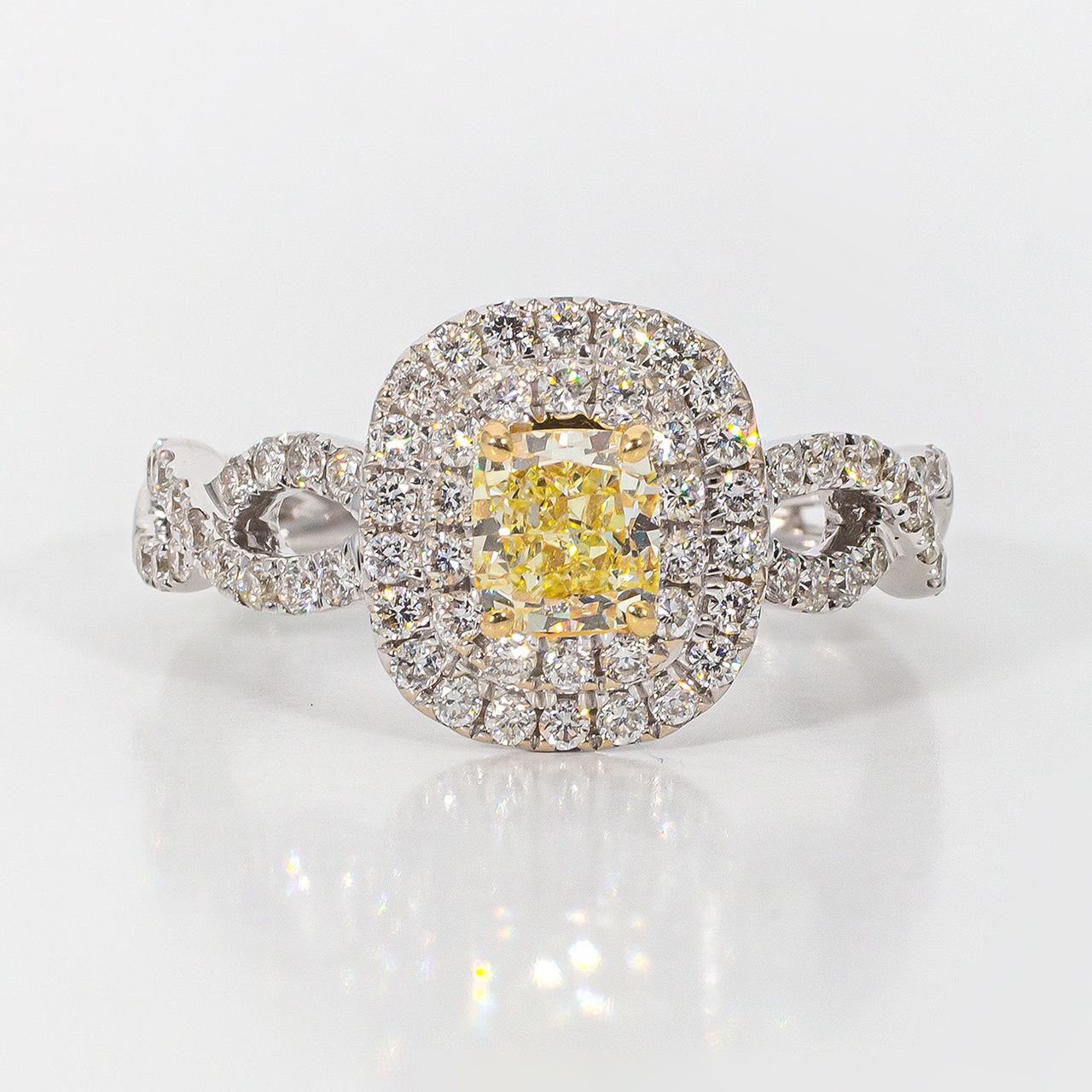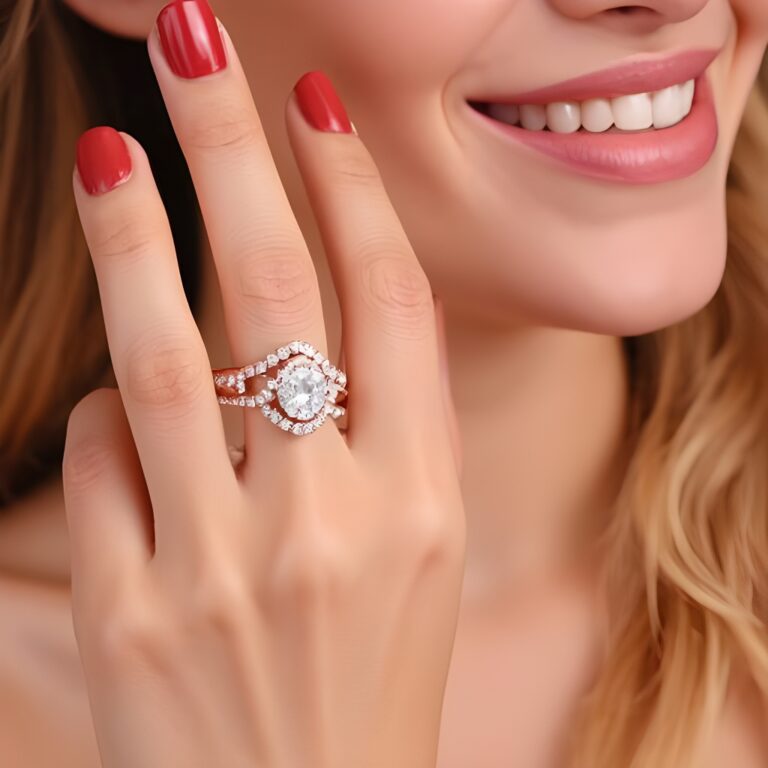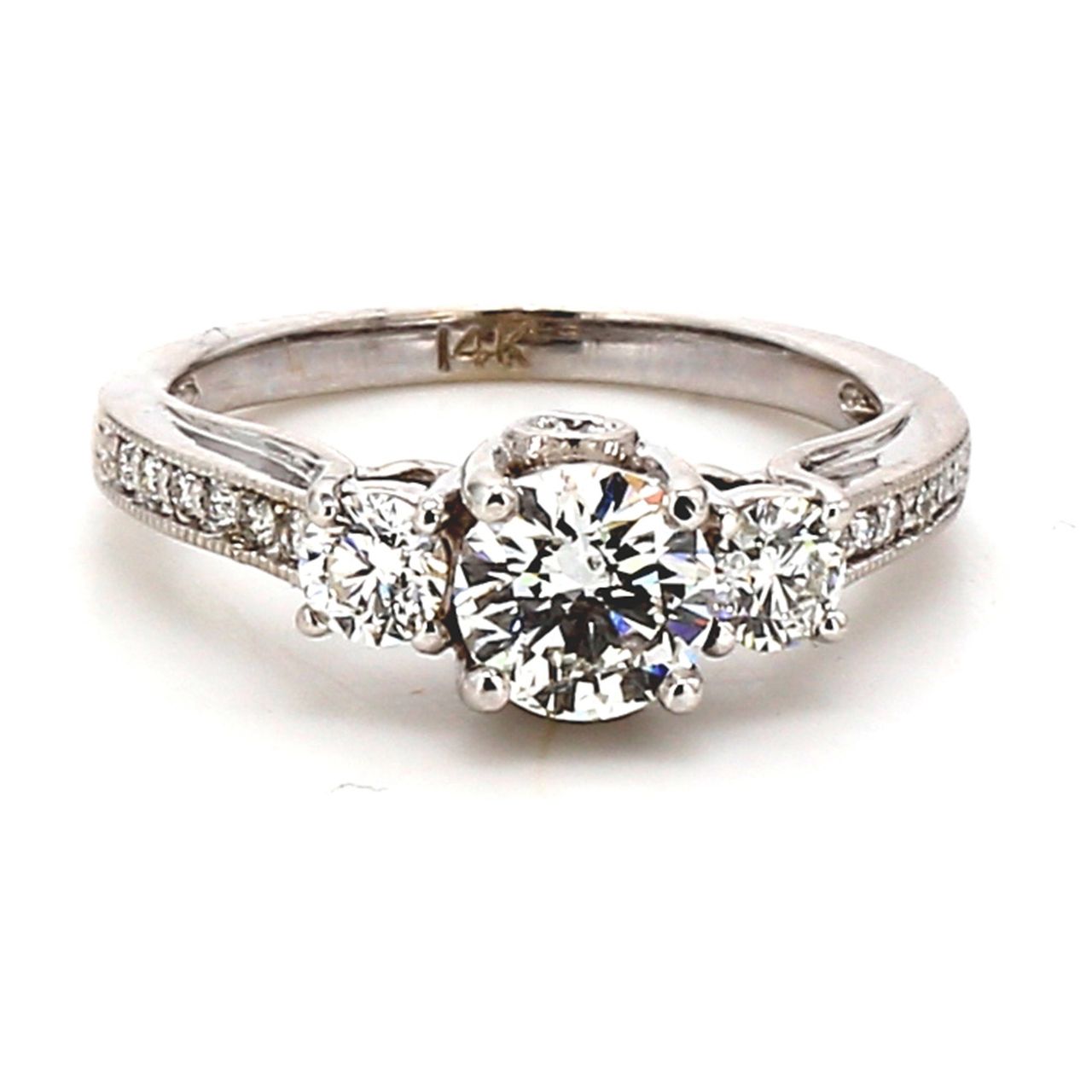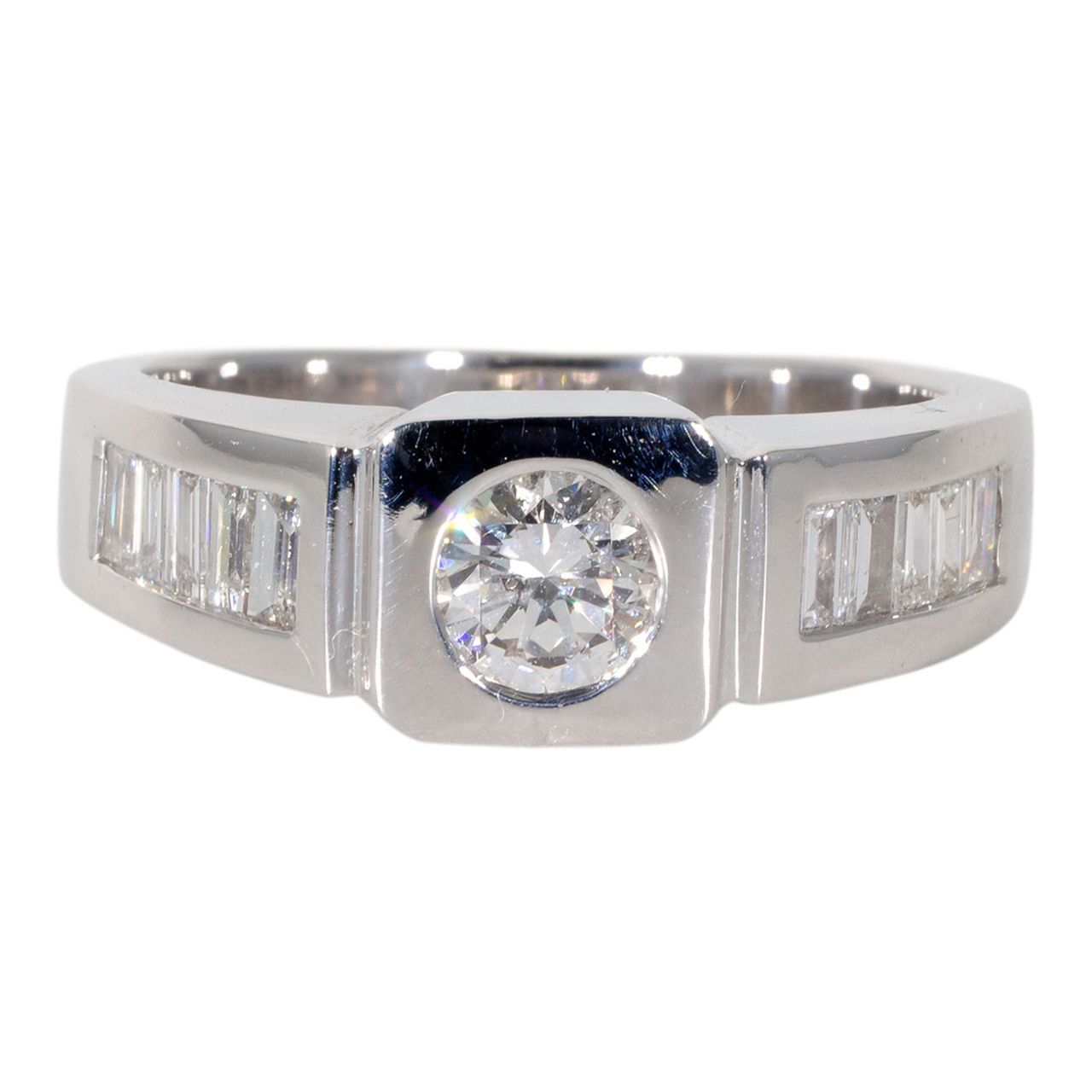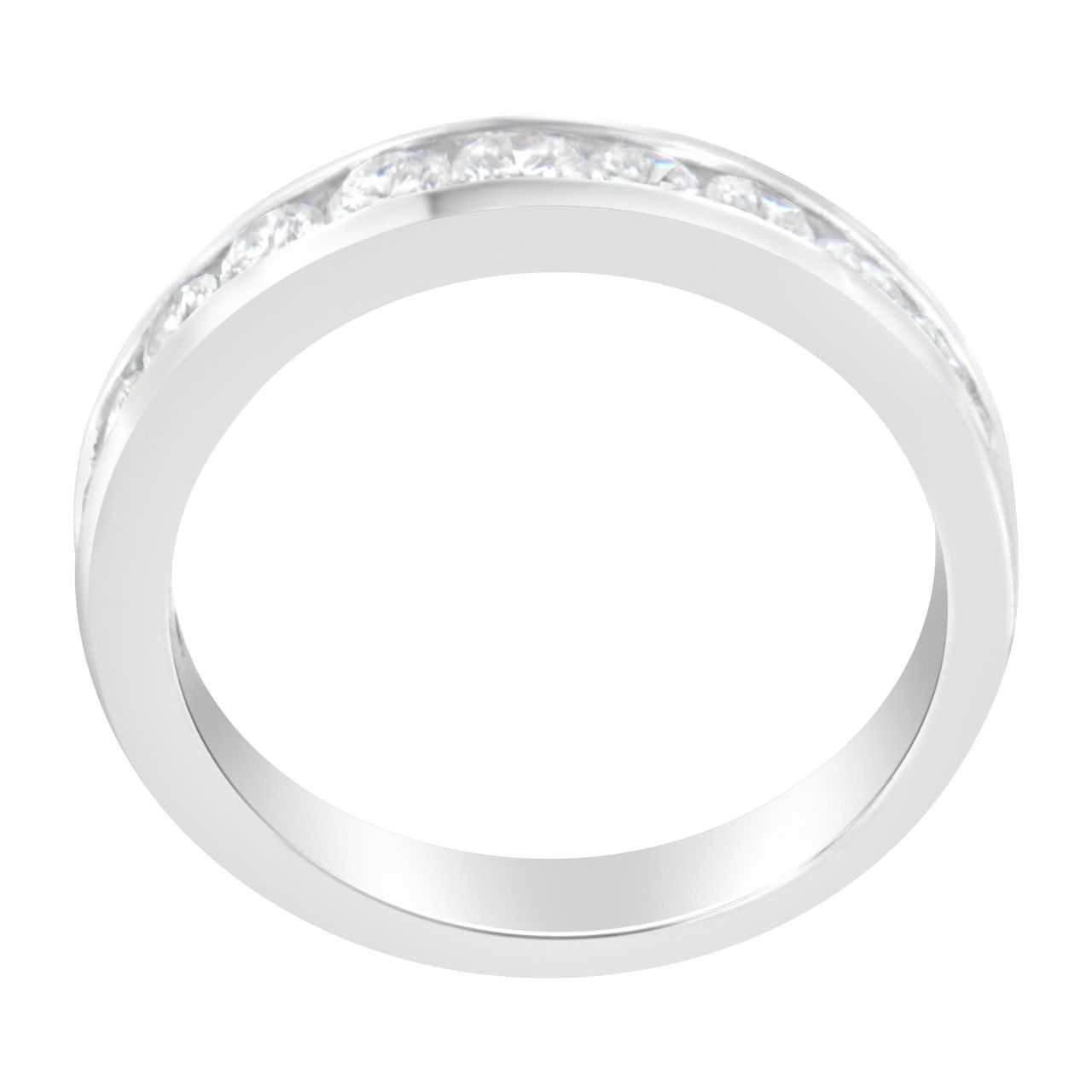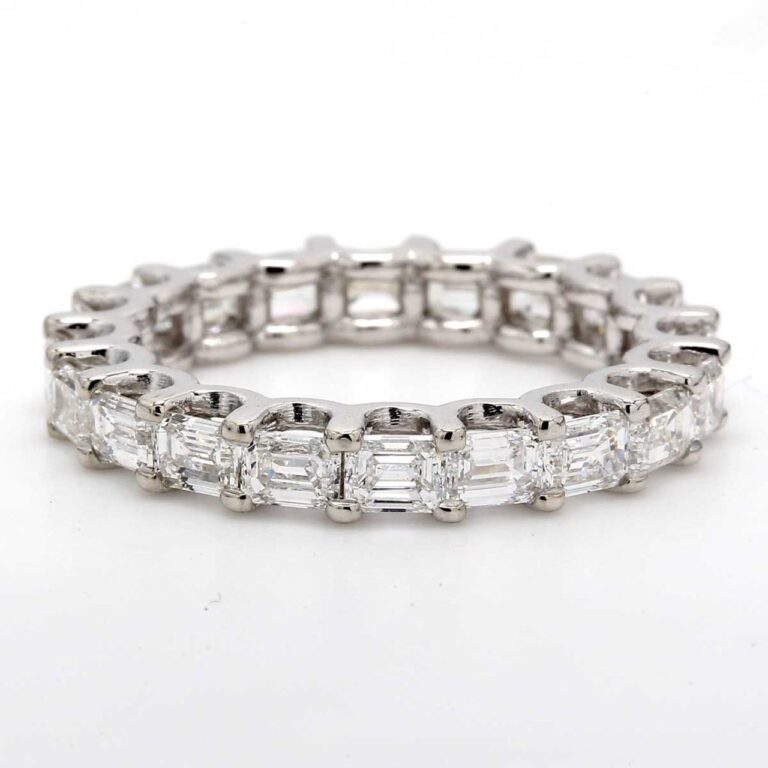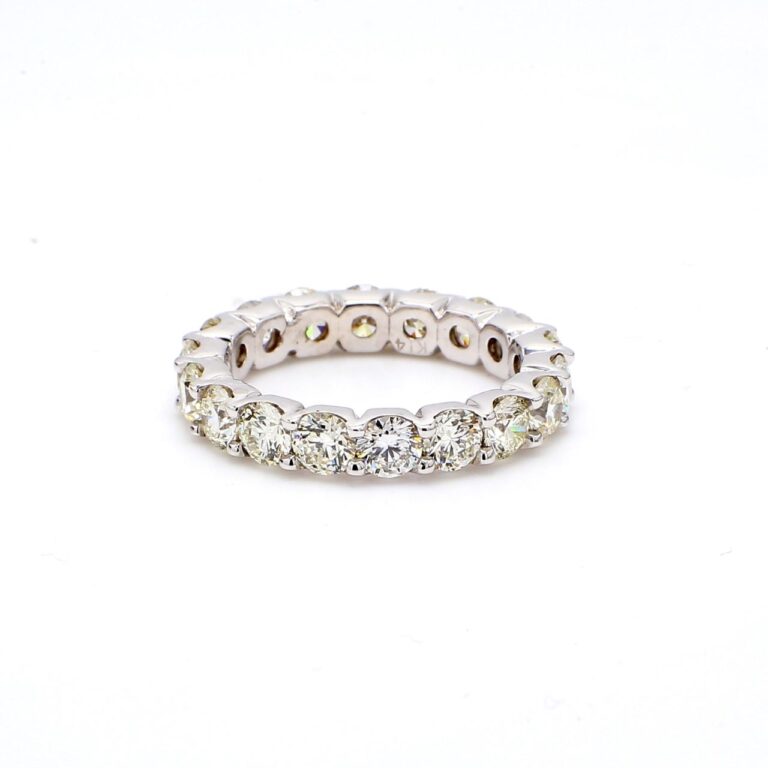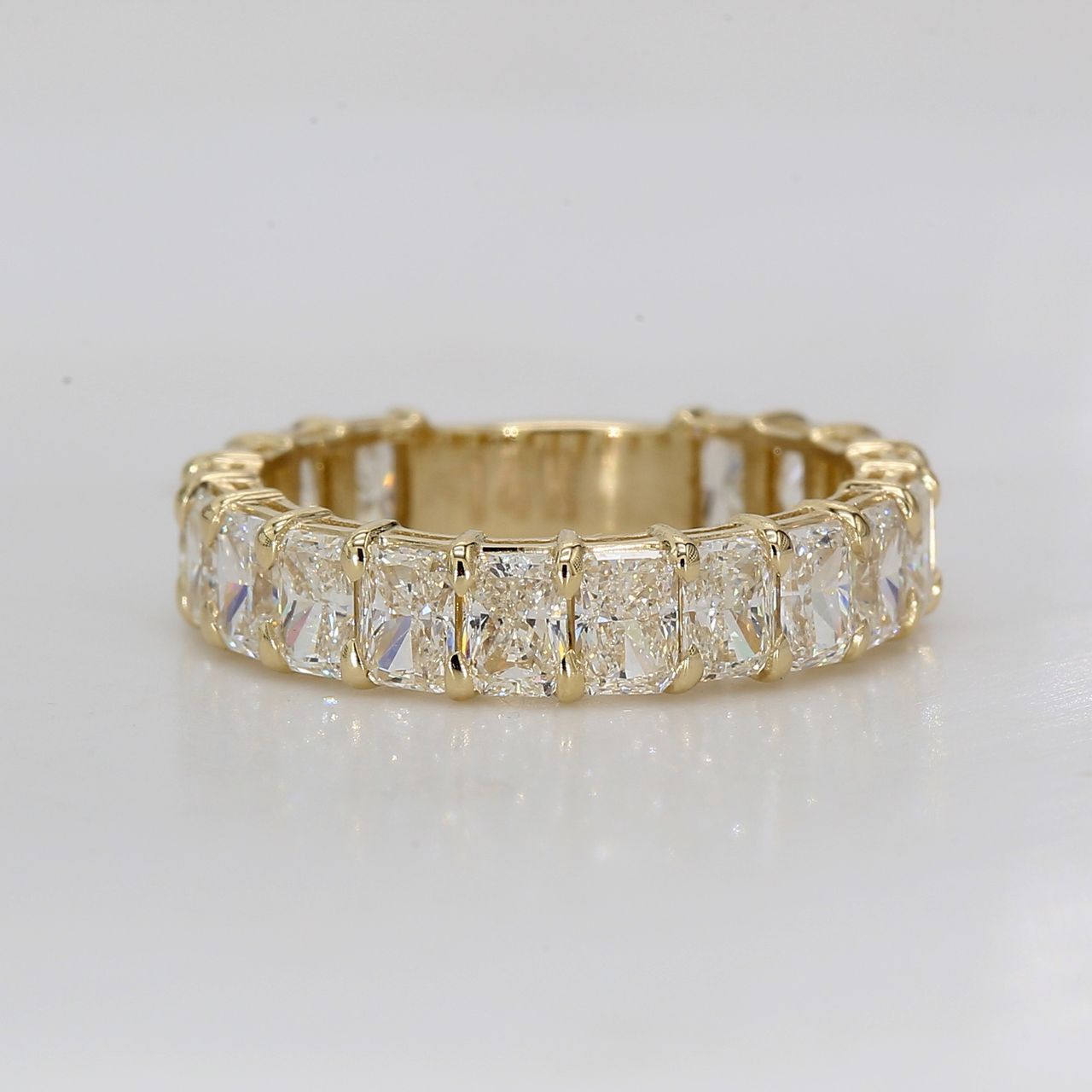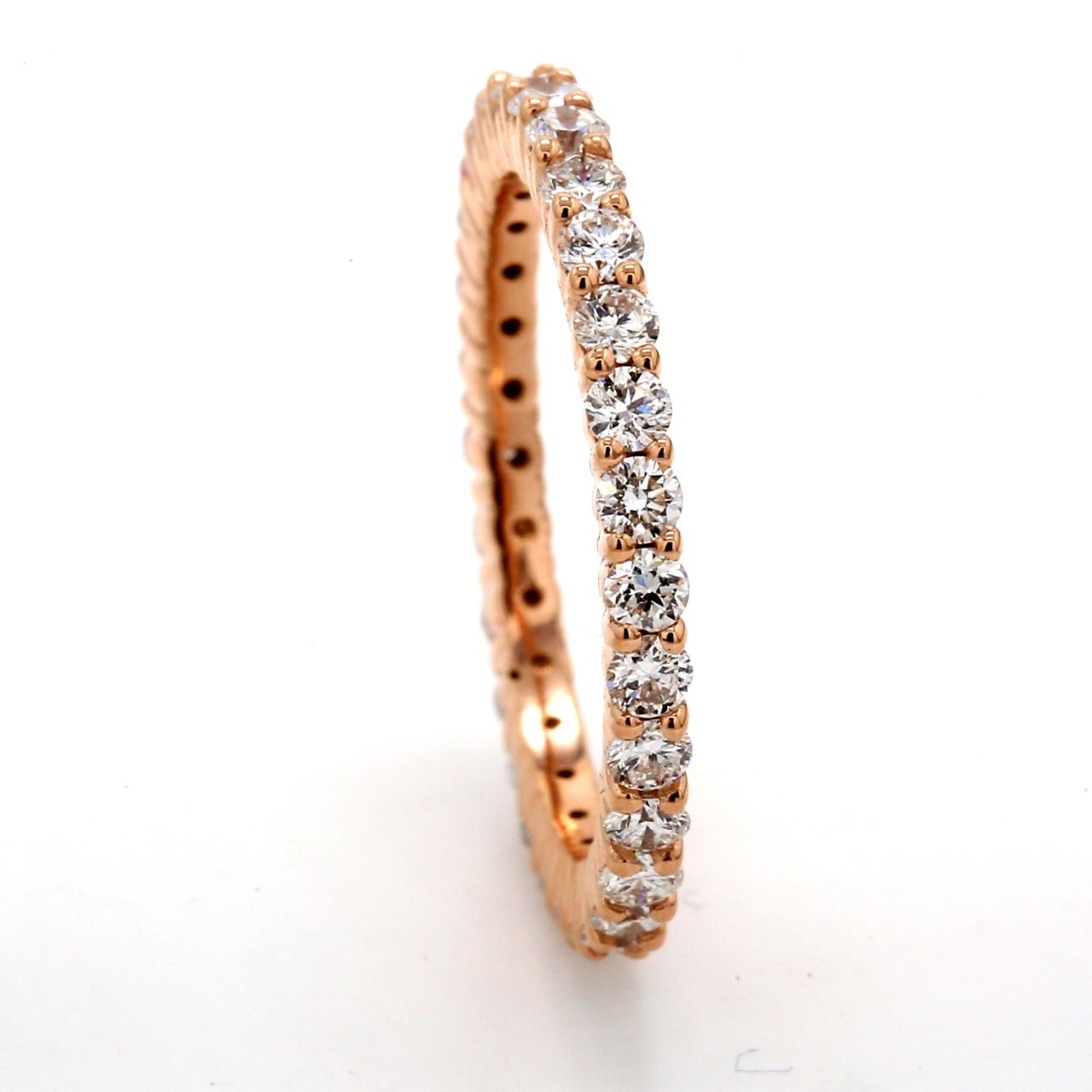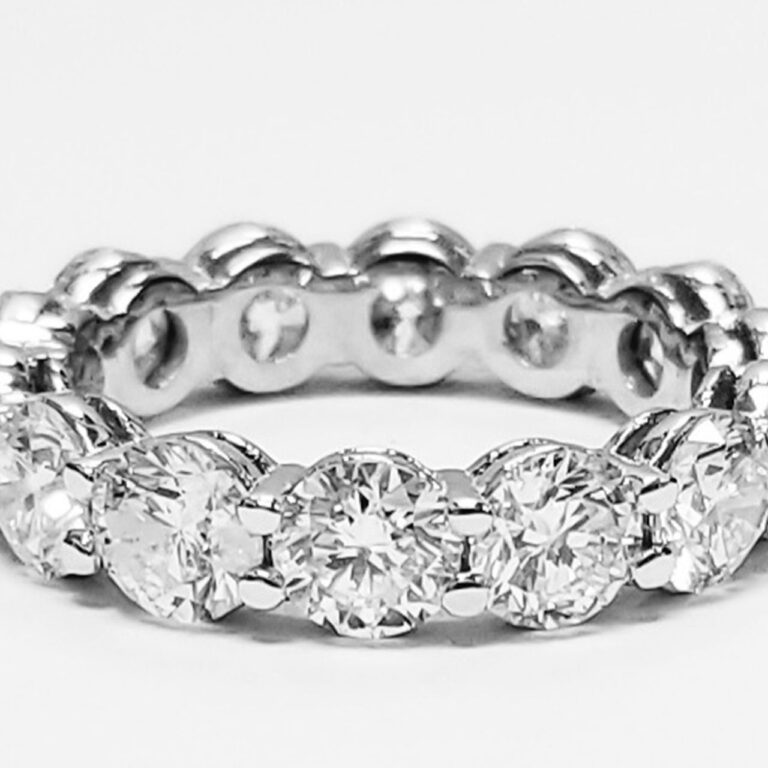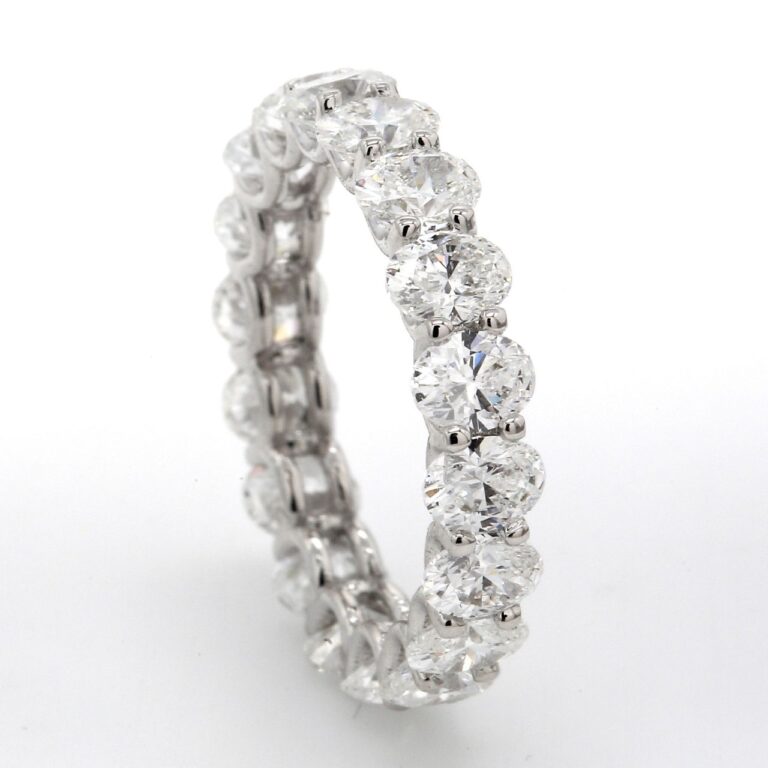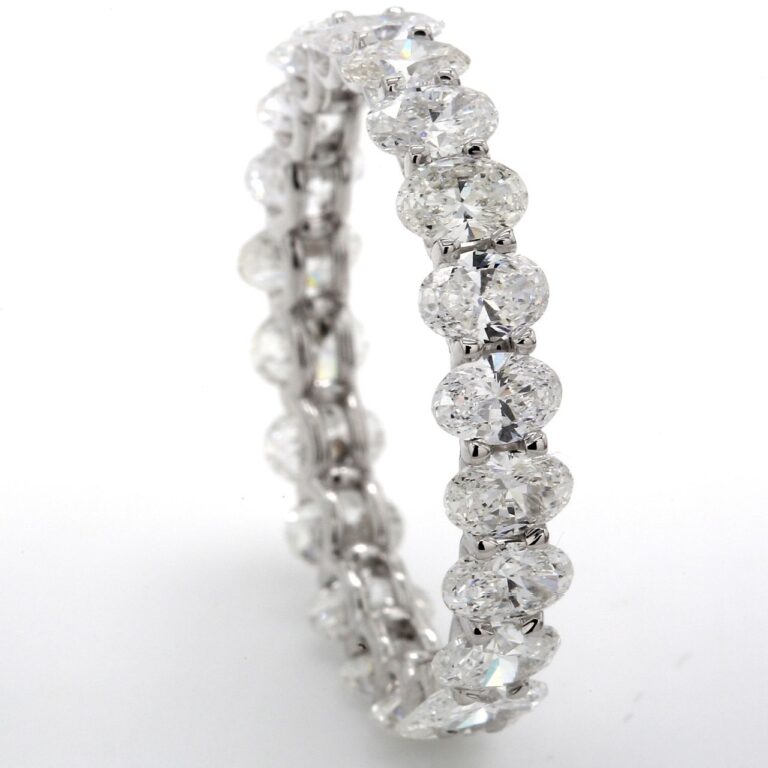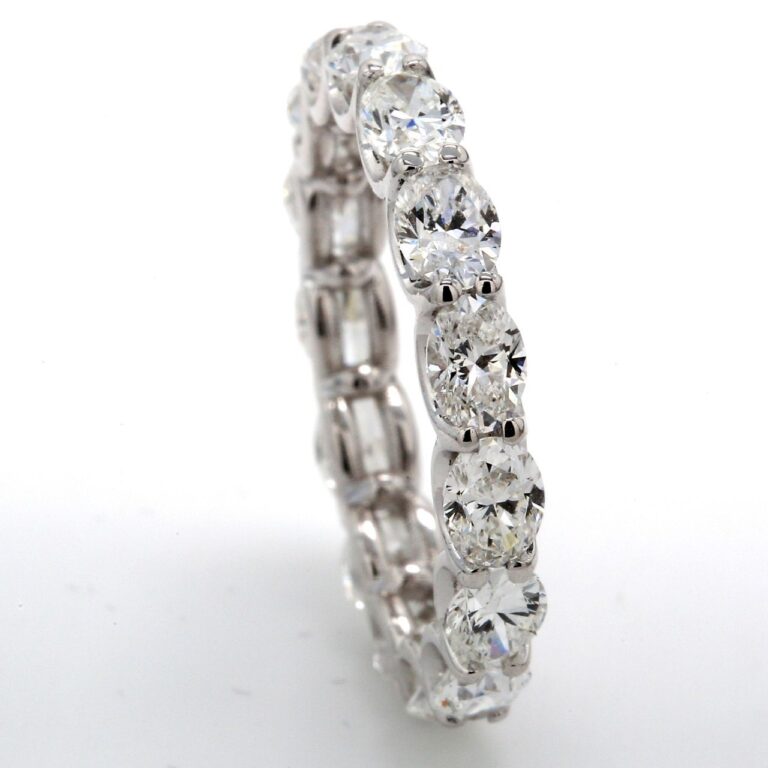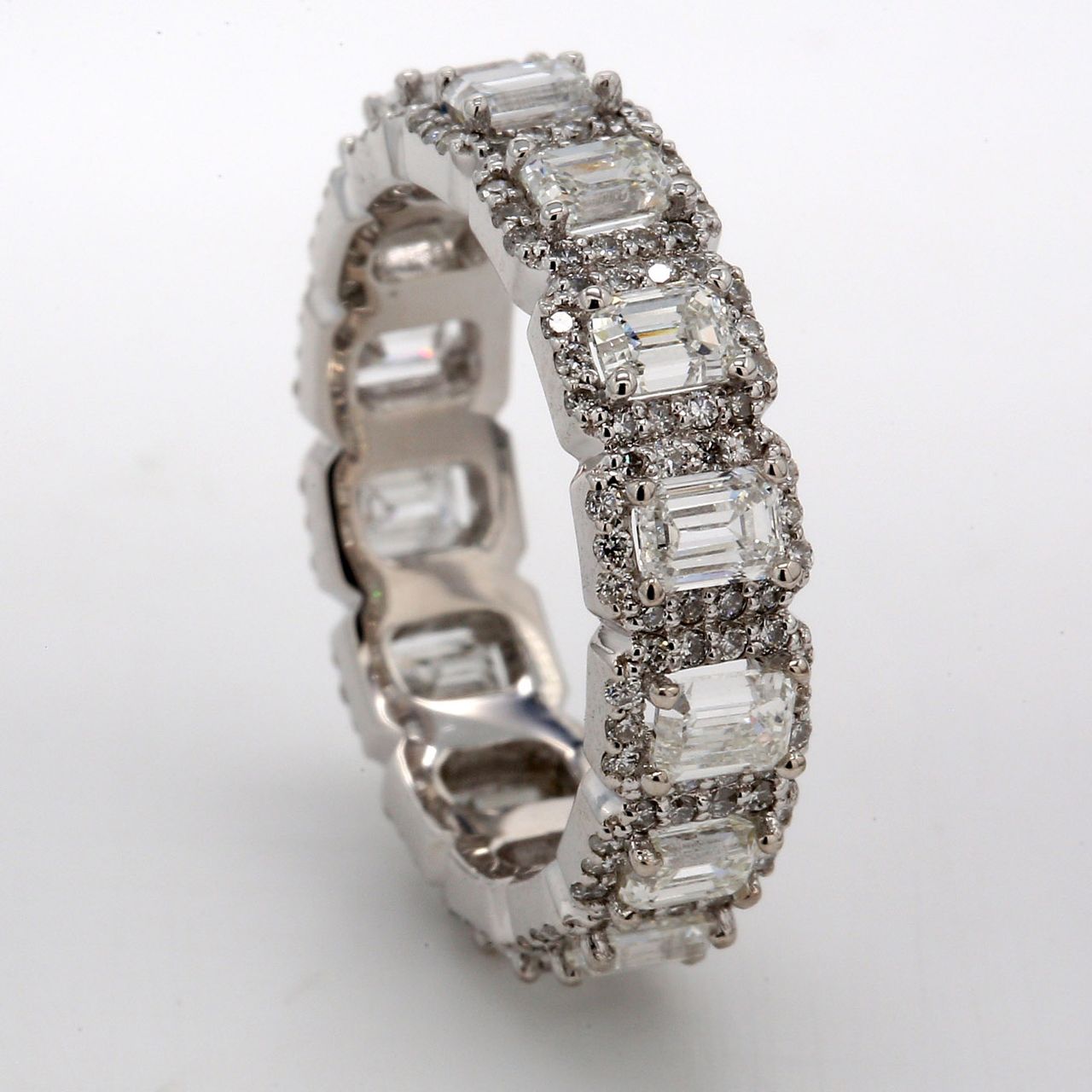Diamond Search
Finding the perfect diamond engagement ring is a momentous occasion, and DiamondNet is here to guide you through every step of the journey. Whether you’re a seasoned gem enthusiast or just starting your research, our comprehensive online diamond search tool empowers you to make informed decisions with confidence.
Custom Engagement Rings
Diamond Net is a third generation diamond wholesaler and ring manufacturer. We pride ourselves in providing superior quality jewelry based on exquisite craftsmanship. As a result, we have firmly established our reputation in today’s competitive jewelry market.
Our Promises
Largest Local Inventory
Insured Shipping
Lifetime Warranty
Diamond Certification
14 Day Money Back
GIA Certificate
Visit Our Store in Vancouver
Come visit our office here in Vancouver! You can see and compare diamonds in the category that you are looking for. Our diamonds don’t only exist on paper or as a virtual inventory. You can come and check them out! We offer the largest physical inventory available in BC. Unlike jewelry stores and diamond brokers we actually own the inventory. As a result, we are always able to offer you several options in the category you want.
Frequently Asked Questions
What is the 4Cs of diamonds?
The 4Cs are the four main characteristics of a diamond: cut, clarity, color, and carat weight. Each C plays an important role in determining the diamond’s value and beauty.
What is the setting of an engagement ring?
The setting is the metal that holds the diamond in place. There are many different types of settings, including prong, bezel, and halo. The setting will affect the overall look and feel of the ring.
What is the difference between GIA and IGI certified diamonds?
GIA and IGI are both reputable gemological institutes that provide diamond grading services. GIA is the world’s most respected diamond grading laboratory, while IGI is a more affordable option.
What are the different types of diamond cuts available?
We offer a wide selection of diamond cuts, including round, oval, princess, emerald, and solitaire. Each cut has its own unique characteristics and sparkle, so you can choose the one that best suits your partner’s style and preferences.
What makes your engagement rings so special?
Our engagement rings are crafted with the finest quality diamonds and materials, ensuring a timeless and beautiful piece that will symbolize your love for years to come.
What is the symbolism of an engagement ring?
An engagement ring is a symbol of love, commitment, and forever. It is a way to express your love and devotion to your partner, and it is a reminder of the promise you have made to each other.
How can I make sure I get the perfect engagement ring?
Take your time to choose the right diamond, setting, and style. Consult with a knowledgeable jeweler who can help you find the perfect ring for your partner.
What is the difference between lab-grown and mined diamonds?
Lab-grown diamonds are created in a controlled environment, while mined diamonds are extracted from the earth. Both types of diamonds are chemically identical and have the same beauty and durability.
What is a classic engagement ring setting?
A classic setting is the solitaire, featuring a single diamond, allowing its brilliance to take center stage.
Can I customize my engagement ring?
Absolutely! Choose your preferred metal, diamond shape, and setting to create a unique ring that reflects your style.
Do you offer ethically sourced diamonds?
Yes, our diamonds adhere to ethical sourcing standards, ensuring a positive impact on both people and the environment.
What is a halo setting?
A halo setting features a circle of smaller diamonds around the center stone, adding extra sparkle and magnifying its brilliance.
Recommendation
What our Clients Say
Book Your Free Consultation
Appointments curated just for you. Start your stack, find your fit, design the perfect piece.
Blog
Explore Our Blog
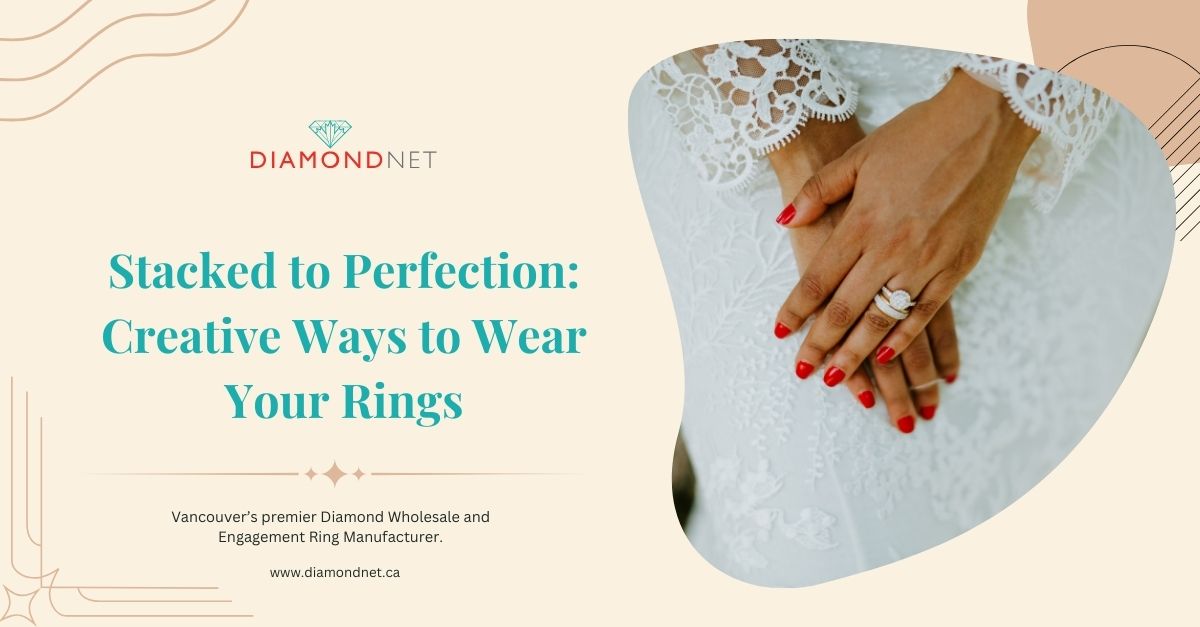
Ring Stacking 101: Mix, Match, and Style with Confidence!
Ring stacking is a versatile and stylish way to personalize your look, allowing you to express your creativity while enhancing

Plan Your Dream Wedding at Canada’s Top Venues!
Canada is a breathtaking destination for couples planning their dream wedding in 2025. From the majestic Rocky Mountains to charming

Your Ultimate Guide to Floral Jewellery: Materials, Designs & Occasions
Floral jewellery captures the beauty of nature in wearable art, blending elegance with deep symbolism. Evolving from vintage styles, it
